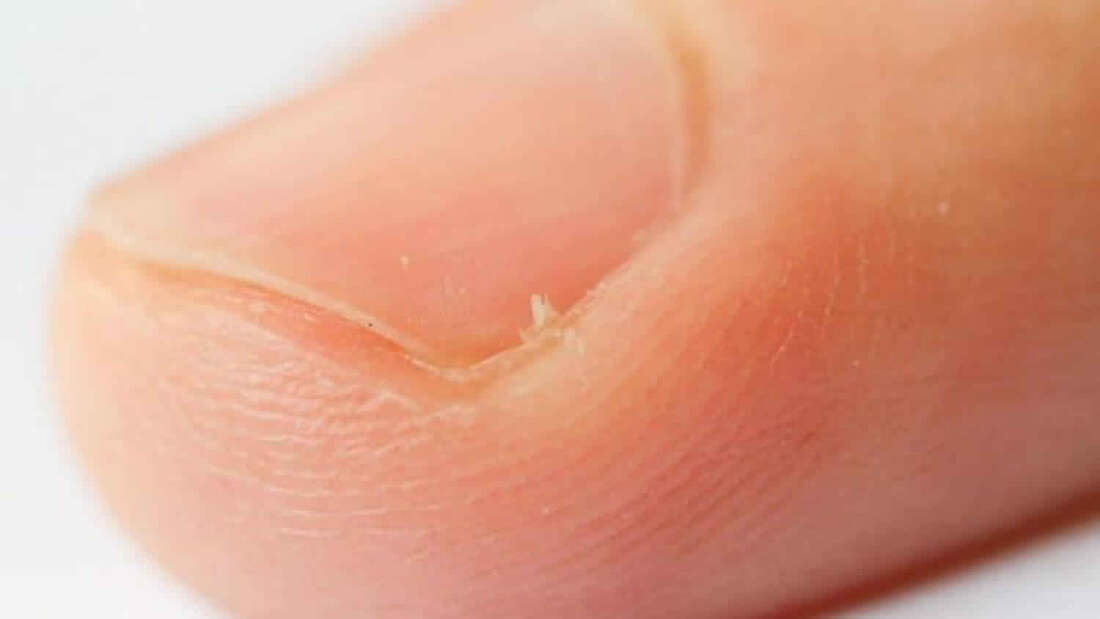|
How To Get Rid Of Hangnails By Pierre Mouchette | Bits-n-Pieces You may not pay close attention to the skin around the nails until a hangnail pops up. If you have ever had one, and the chances are that you have, you understand how painful these dangling bits of skin are. Hangnails can affect anyone, particularly people who pick at their cuticles or bite their nails. The proper skin and nail care can help you remove hangnails and prevent them from returning.
What is a hangnail? Despite its name, a hangnail is not part of your nail. It is a small piece of torn skin close to the cuticle (base) of your nail or along the side of it. They are easy to recognize because these dry, rough pieces of skin often dangle or jut out around the nail, and they can be surprisingly irritating or painful. Hangnails are often mistaken for ingrown nails, but they are not the same. Ingrown nails ensue when a nail grows into surrounding soft tissue. Hangnails usually appear on the fingers, whereas ingrown nails are more frequent on the toe. Dry skin, minor cuts, and other trauma to the skin near your nails may cause a hangnail. Since dry skin is more susceptible to irritation or breakage, you could notice hangnails more often during the winter when the air is cold and dry. If you pick at your nails, you might also be more prone to them. How can you get rid of hangnails safely? You could be tempted to pull it off, although pulling or biting a hangnail can make it more painful. It can also cause skin tearing and cause infection. Simple home remedies may help. To get rid of a hangnail:
What to do if your hangnail gets infected? Hangnails get infected when bacteria enter via the torn skin. Paronychia is the most common hangnail infection if you have an infected hangnail. You may notice these signs:
Try the following skin and nail care tips to prevent hangnails from developing:
0 Comments
Your comment will be posted after it is approved.
Leave a Reply. |
Archives
May 2024
|
